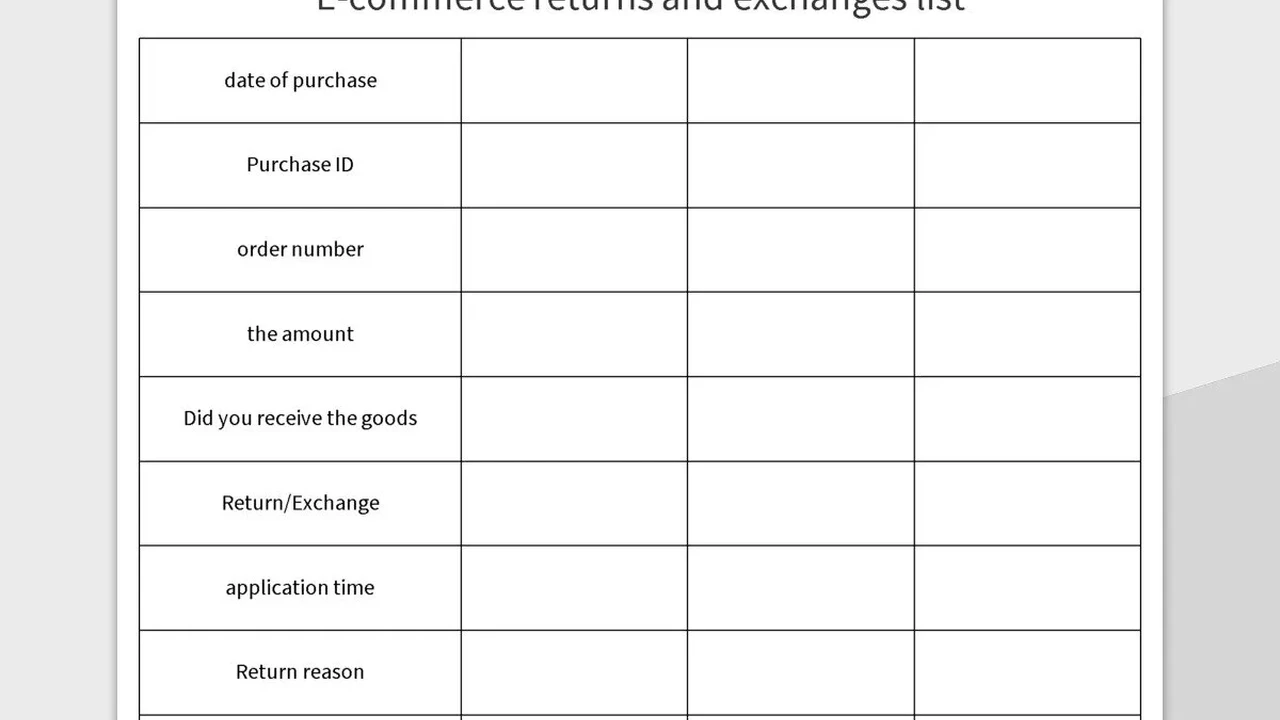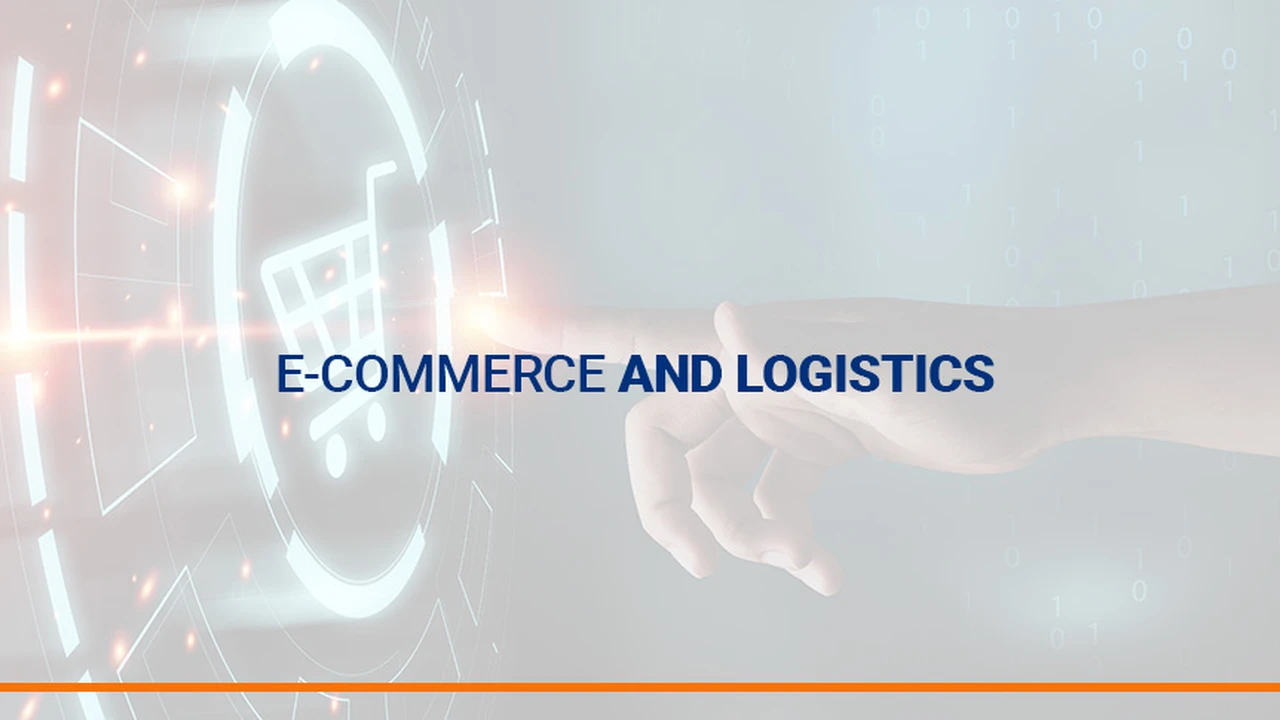Managing Returns and Exchanges for E-commerce in SEA & Mexico
Sample meta description.

Understanding the Landscape of E-commerce Returns in Southeast Asia (SEA) & Mexico: Challenges and Opportunities
Okay, let's talk returns. In the wild world of e-commerce, especially in Southeast Asia (SEA) and Mexico, dealing with returns and exchanges is a major headache. It's not like the US or Europe where things are pretty standardized. Here, you're navigating different cultures, different consumer expectations, and, honestly, some pretty wild logistics challenges. Think about it: you're shipping stuff across islands in the Philippines, dodging traffic jams in Jakarta, or dealing with customs in Mexico. It's a whole different ballgame. And guess what? Customers in these regions are super savvy. They expect a smooth return process, and if they don't get it, they'll take their business elsewhere. So, nail this, and you'll be golden.
The Cost of Returns: Why You Can't Afford to Ignore Your Reverse Logistics Strategy
Let's be real, returns cost money. A lot of money. We're talking shipping costs (both ways!), processing costs, restocking costs, and even the cost of disposing of unsellable items. But it's more than just the direct costs. Think about the impact on customer satisfaction. A bad return experience can lead to negative reviews, lost customers, and a damaged reputation. Ouch! That's why a solid reverse logistics strategy is crucial. You need to figure out how to minimize returns in the first place (better product descriptions, accurate sizing charts, high-quality photos), and then make the return process as painless as possible for your customers. Think of it as an investment in customer loyalty.
Optimizing Your Return Policy for Customer Satisfaction and Reduced Costs: A Balancing Act
Your return policy is your first line of defense. It needs to be clear, concise, and easy to understand. No legal jargon, please! Tell customers exactly what they need to do to return an item, how long they have to do it, and who pays for shipping. Consider offering different return options, like in-store returns (if you have physical stores), drop-off points, or even free returns for certain products or situations. And don't be afraid to experiment. A/B test different return policies to see what works best for your customers and your bottom line. For example, offering a slightly longer return window might actually reduce returns because customers feel less rushed to make a decision.
Navigating the Logistics Maze: Return Shipping Options in SEA & Mexico
Okay, this is where things get tricky. Shipping in SEA and Mexico can be a real challenge. You're dealing with different carriers, different regulations, and often, different languages. You need to partner with reliable logistics providers who understand the local landscape. Consider offering multiple return shipping options, like prepaid return labels, scheduled pickups, or even partnerships with local convenience stores. And make sure you have a system in place to track returns every step of the way. Transparency is key. Customers want to know where their return is and when they can expect a refund or exchange.
Technology to the Rescue: Using Software and Platforms to Streamline Your Returns Process
Luckily, there's a ton of technology out there to help you manage your returns. We're talking about return management systems (RMS) that automate the entire process, from initiating a return to processing the refund. These systems can integrate with your e-commerce platform, your shipping providers, and your accounting software, making everything much more efficient. Look for features like automated email notifications, real-time tracking, and customizable return rules. Some popular RMS options include Returnly, Loop Returns, and Happy Returns. These platforms can also help you analyze your return data to identify trends and areas for improvement.
Product Recommendations for Efficient Returns Management: Optimizing Your Workflow
Here are a few product recommendations to help streamline your return process:
Returnly: The All-in-One Returns Solution
Use Case: Returnly is perfect for businesses that want a fully automated return process. It handles everything from return initiation to refunds and exchanges. It's especially useful for businesses with a high volume of returns. Features: Automated return portal, instant refunds, exchange credits, return analytics. Comparison: Returnly is more expensive than some other options, but it offers a comprehensive set of features. It's a good choice for businesses that are willing to invest in a top-tier solution. Pricing: Starts at around $499/month.
Loop Returns: Focus on Exchanges and Store Credit
Use Case: Loop Returns is designed to encourage exchanges and store credit instead of refunds. It's a great option for businesses that want to retain revenue and reduce the impact of returns. Features: Automated exchange workflows, store credit incentives, integration with Shopify, personalized return offers. Comparison: Loop Returns is a good choice for businesses that want to focus on customer retention and reduce the financial impact of returns. It's less focused on refunds than Returnly. Pricing: Starts at around $59/month plus a percentage of return volume.
Shippo: Streamlined Shipping and Returns
Use Case: Shippo is a shipping platform that also offers return management features. It's a good option for businesses that want to manage both their outbound and return shipping in one place. Features: Discounted shipping rates, automated label generation, return label creation, tracking updates. Comparison: Shippo is a more affordable option than Returnly or Loop Returns, but it doesn't offer as many advanced features. It's a good choice for smaller businesses that are just starting out. Pricing: Free plan available, paid plans start at around $10/month.
The Future of Returns: Sustainability and the Circular Economy
Finally, let's talk about the future. Returns are becoming increasingly unsustainable. All that shipping and packaging is taking a toll on the environment. That's why it's important to think about ways to reduce returns and make the return process more sustainable. Consider offering incentives for customers to keep items they might otherwise return, like discounts or free gifts. Explore options for recycling or repurposing returned items. And partner with logistics providers who are committed to sustainable practices. The circular economy is the future, and returns are a key part of that.
:max_bytes(150000):strip_icc()/277019-baked-pork-chops-with-cream-of-mushroom-soup-DDMFS-beauty-4x3-BG-7505-5762b731cf30447d9cbbbbbf387beafa.jpg)



 in SEA & Mexico.webp)


